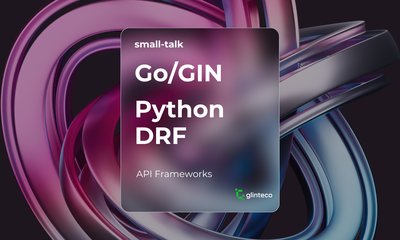By hientd, at: 18:00 Ngày 21 tháng 7 năm 2024
Thời gian đọc ước tính: __READING_TIME__ phút


By hientd, at: 18:00 Ngày 21 tháng 7 năm 2024
Thời gian đọc ước tính: __READING_TIME__ phút


